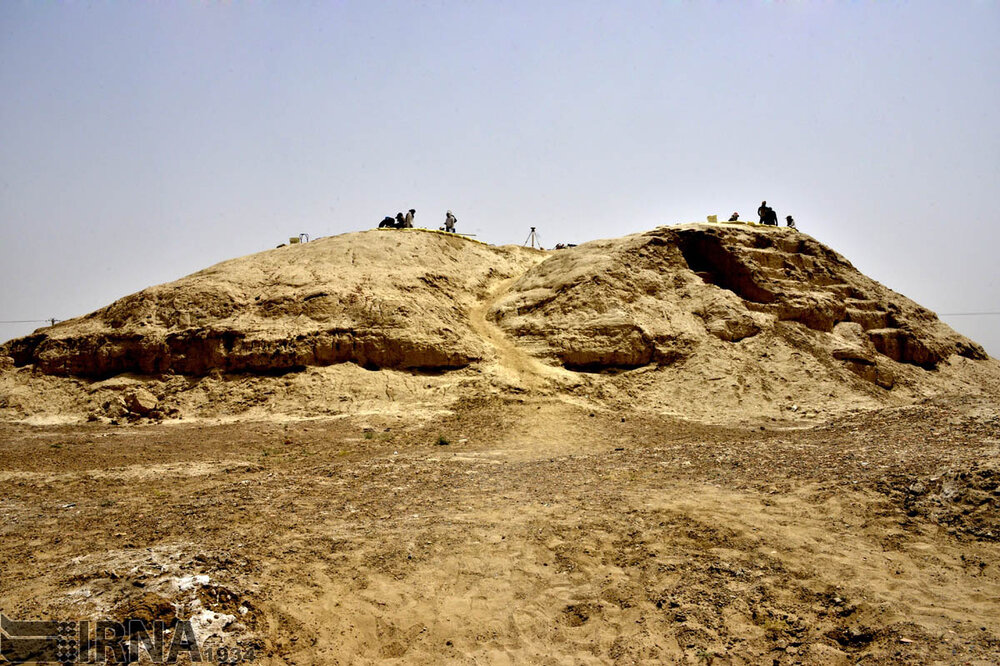Rare discovery in Iran’s Burnt City: Caged monkey dead in captivity

TEHRAN – A team of archaeologists has discovered the remains of a prehistoric monkey in Burnt City, southeast Iran, saying the animal was held in captivity in a cage when it died.
Based on surveys and scientific studies on the monkey’s skeleton, the animal was dead in captivity in a cage and it was buried by its owner like a child within a beautiful container, IRNA quoted senior archaeologist Seyyed Mansour Seyyed Sajjadi as saying on Monday.
The skeleton was found two years ago in a tomb in the UNESCO-registered Burnt City, Seyyed Sajjadi said.
Talking on the importance of the discovery, the archaeologist cited two reasons: “First, this type of monkey is not originally lived in the Iranian Plateau and based on [our] studies, such an animal was found [in a region] from northern India to the borders of China and Central Asia, so the monkey was one of the imported goods to the Burned City.”
“Since the Burned City had lots of commercial relations with the eastern territories of Iran such as northern India and central Asia, and there is a lot of information in this regard, we found that the monkey came from there.”
“The other issue is that in the ancient world, monkeys were essentially regarded as luxury and aristocratic belongings. And they were imported to be presented to people of certain social classes such as elites, merchants, governors and religious authorities,” he explained.
Known as Shahr-e Sukhteh in Persian, the Burnt City is situated in Sistan-Baluchestan province that was once a junction of Bronze-Age trade routes crossing the Iranian plateau.
Founded around 3200 BC, the Burnt City was populated during four main periods up to 1800 BC. Previous rounds of excavations showed that its residents had great skills in weaving, creating fine arts such as decorative objects, stone carving, and pottery painting.
Shahr-e Sukhteh is associated with four rounds of civilization, all burnt down by catastrophic sets of fire.
AFM/MG
